Cooking trends have come a long way over the decades. Back in the day, some recipes were the height of culinary creativity, and we happily served them up at potlucks, parties, and family dinners. But looking back now, some of these dishes leave us scratching our heads—or maybe even gagging a little. Whether it was an unusual combination of flavors or a gelatin mold gone rogue, these recipes were once loved but now feel more like kitchen experiments gone wrong. Let’s revisit 13 vintage recipes that had their moment but would probably raise a few eyebrows (and stomachs) today.
1. Liver Loaf
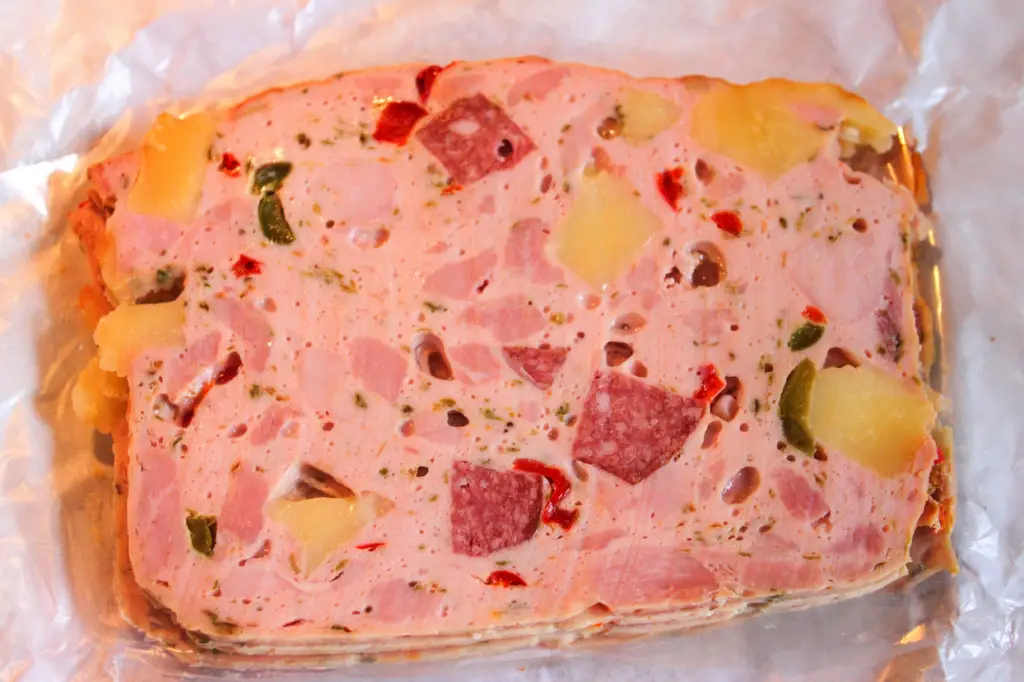
Liver loaf was once a common sight at dinner tables, often served with pride as a hearty and nutritious meal. Made from ground liver, breadcrumbs, eggs, and spices, it was baked into a loaf and sliced for serving. The rich, metallic flavor of liver was celebrated as a source of iron and vitamins.
These days, liver loaf doesn’t exactly scream comfort food. The strong taste of liver and dense texture make it a tough sell for most people, and it’s largely fallen out of favor. Still, it remains a reminder of a time when nutrient-packed dishes were a higher priority than flavor.
2. Aspic
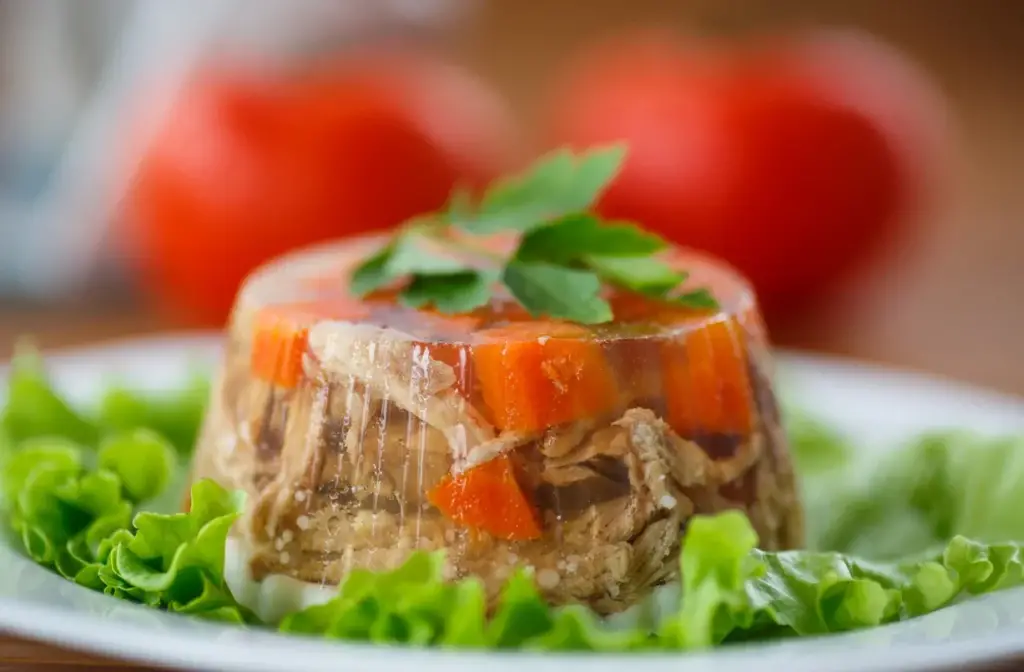
Aspic, or savory gelatin, was a centerpiece of many a dinner party in the mid-20th century. Made by suspending meats, vegetables, or even seafood in a shimmering mold of gelatin, it was considered both fancy and practical. The gelatin’s wobbly texture and salty flavor were somehow thought to pair well with everything from chicken to ham.
Looking at it now, aspic feels more like a science project than something you’d want to eat. The combination of cold, jelly-like texture and savory ingredients is hard to stomach for modern palates. But back then, it was all the rage and a staple in countless cookbooks.
3. Tuna Jell-O Salad
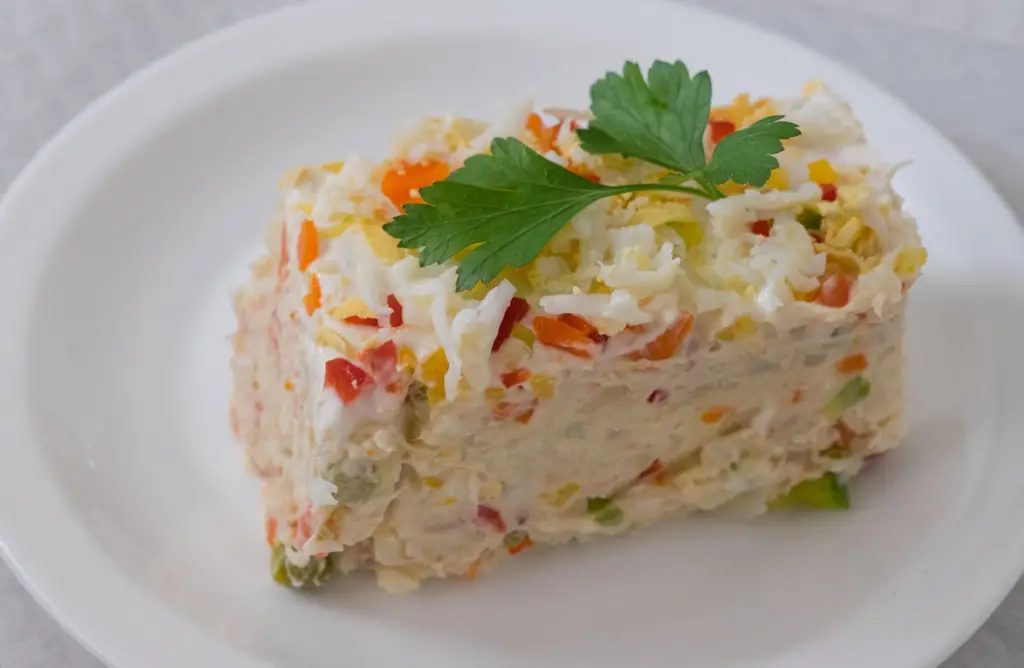
The 1950s and ’60s brought a wave of unusual gelatin-based dishes, and tuna Jell-O salad was among the most puzzling. This dish combined lime Jell-O with canned tuna, mayo, and vegetables, creating a sweet, savory, and gelatinous concoction. It was often served in ring molds and garnished with slices of hard-boiled egg.
Today, the idea of mixing canned fish with Jell-O seems downright bizarre. The clashing flavors and odd texture make it hard to imagine how this ever caught on. Yet, for some reason, it was a hit in its time, gracing tables with its pastel hues and questionable aroma.
4. Ham and Banana Hollandaise

This dish involved wrapping slices of ham around bananas, baking them, and topping them with hollandaise sauce. The combination of salty ham, sweet banana, and creamy sauce was considered an adventurous twist on the usual dinner fare.
To modern sensibilities, this recipe is an unappetizing mash-up of flavors that don’t belong together. The idea of warm bananas under a savory sauce feels like a culinary crime today. Still, it reflects the experimental spirit of the era when people weren’t afraid to try something different—however odd it might seem now.
5. Spam Casserole

Spam was a pantry staple for decades, and cooks found countless ways to incorporate it into recipes. One standout was Spam casserole, which combined the canned meat with pasta, cream sauce, and sometimes pineapple or cheese. The result was a salty, creamy dish meant to feed a crowd.
While Spam still has its fans, the idea of building an entire casserole around it doesn’t hold the same appeal today. Its overly processed taste and texture can be a turnoff for modern diners who lean toward fresh, whole foods. But back then, it was an affordable and reliable way to stretch a meal.
6. Frosted Ribbon Loaf

The frosted ribbon loaf was a sandwich loaf taken to the extreme. Layers of bread were spread with colorful fillings like egg salad, ham salad, or cream cheese mixed with vegetables. The whole thing was “frosted” with a layer of more cream cheese, creating a pastel, cake-like appearance.
While it might have looked impressive on a party table, the frosted ribbon loaf’s flavor left much to be desired. The combination of sweet, creamy frosting with savory sandwich fillings is a tough one to reconcile. It’s hard to imagine anyone reaching for seconds of this retro centerpiece today.
7. Prune Whip
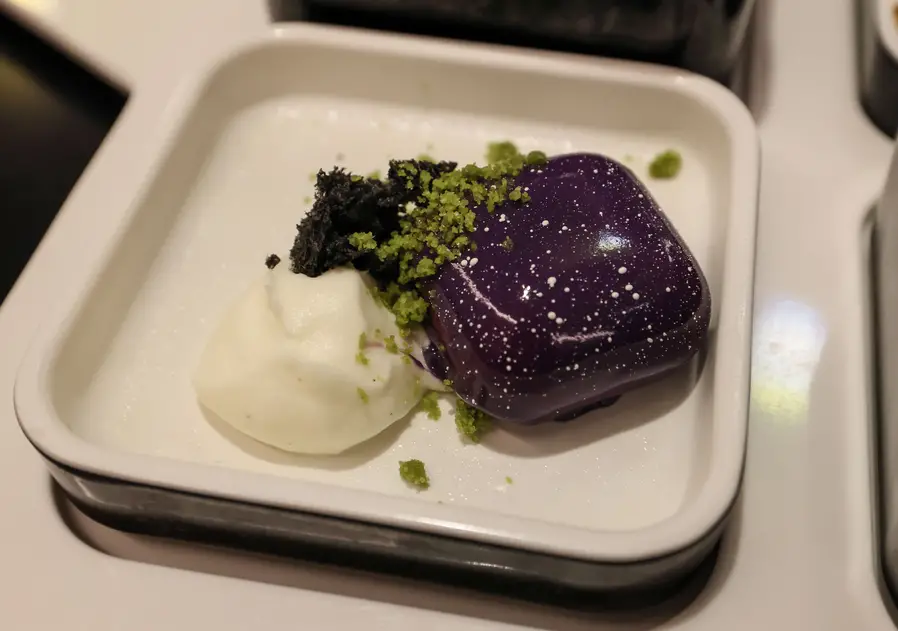
Prune whip was a light dessert made by whipping cooked prunes with egg whites and sugar into a fluffy, meringue-like consistency. It was often served chilled and topped with whipped cream for an elegant finish.
Despite its light texture, prune whip’s overpowering sweetness and heavy prune flavor make it less appealing to modern palates. Desserts today tend to focus on indulgence or freshness, and prune whip falls somewhere in between—without satisfying either craving. It’s a relic of simpler times when prunes were considered a treat.
8. Hot Dr. Pepper
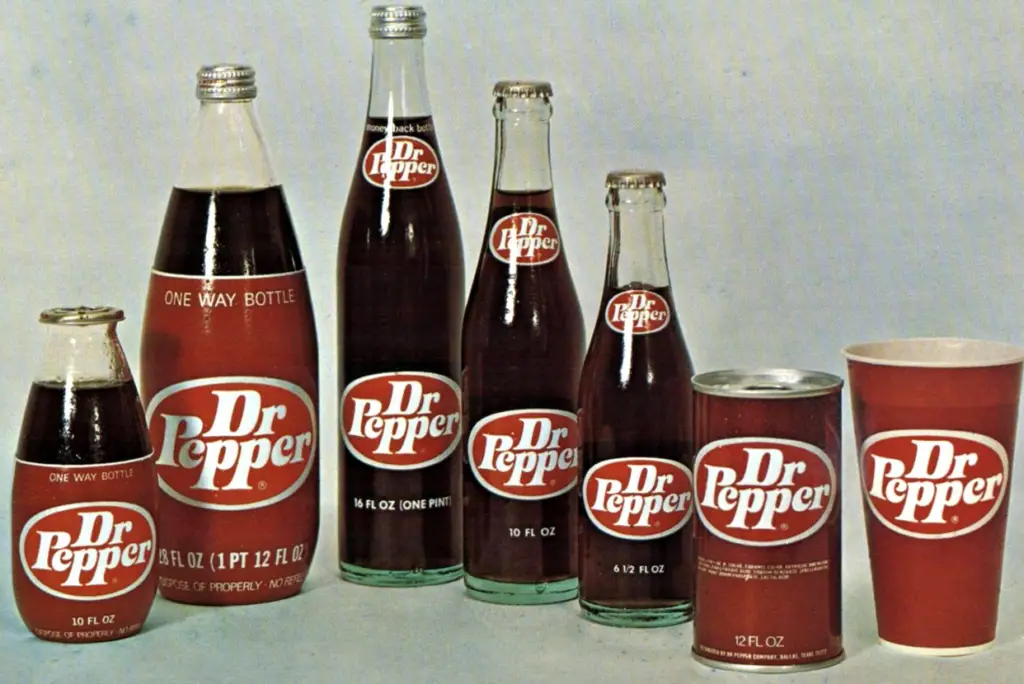
Yes, you read that right—hot Dr. Pepper was a real thing. This unusual beverage involved heating the soda and serving it with a slice of lemon as a wintertime treat. It was marketed as a warm, comforting drink for cold days.
The idea of drinking heated soda is unappealing to most people today, especially with the added tang of lemon. While it might have been fun to try once, it’s not a recipe anyone seems eager to bring back. It’s a testament to the quirky food trends of the past.
9. Jellied Bouillon

Jellied bouillon was a savory gelatin dish made by setting beef or chicken broth into a firm, jiggly mold. It was often sliced and served as an appetizer or garnish for salads. The clear, amber color was considered elegant and refined.
For most modern diners, the idea of cold, gelatinous broth is anything but appealing. The slippery texture and concentrated flavor make it hard to imagine enjoying this dish. But in its day, jellied bouillon was seen as a sophisticated addition to any meal.
10. Mock Apple Pie

Mock apple pie used Ritz crackers instead of apples, seasoned with sugar, cinnamon, and lemon juice to mimic the flavor of the real thing. It was a Depression-era invention that carried over into the mid-20th century as a clever and affordable dessert.
While it’s impressive how closely this recipe imitates apple pie, the idea of crackers standing in for fruit feels a bit strange now. With apples readily available and affordable, there’s little reason to recreate this thrifty dessert. Still, it’s a fascinating glimpse into the resourcefulness of the past.
11. Velveeta Fudge

Velveeta fudge was exactly what it sounds like—a chocolate fudge recipe that used Velveeta cheese as a key ingredient. The cheese added a creamy texture and a hint of saltiness to the rich, sweet dessert.
While the texture might be fine, the thought of combining processed cheese with chocolate doesn’t sit well with modern taste buds. It’s an odd pairing that highlights just how adventurous cooks of the past could be. Velveeta fudge remains one of the more baffling recipes of its time.
12. Deviled Tongue
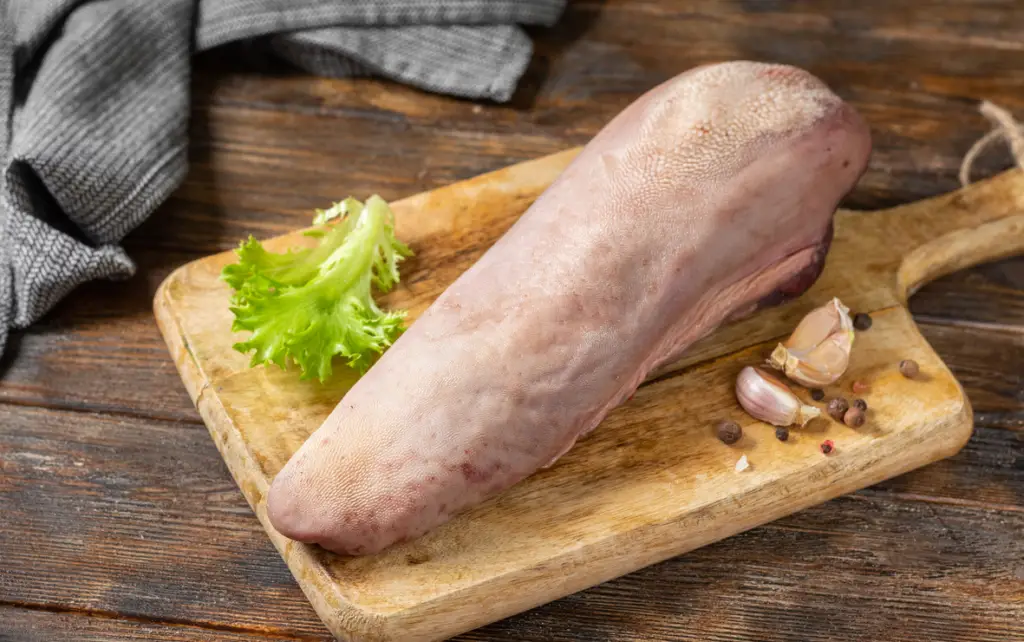
Deviled tongue involved boiling beef tongue, slicing it thin, and dressing it with a tangy mustard sauce. It was served cold as a sandwich filling or appetizer. While it was considered a delicacy, the preparation process and strong flavor weren’t for the faint of heart.
Today, beef tongue is far from a common dish, and its rubbery texture and intense flavor make it a hard sell. Deviled tongue has all but disappeared from menus and cookbooks, and few people are clamoring for its return. It’s a reminder of how tastes have shifted over the years.
13. Cabbage Jell-O Salad
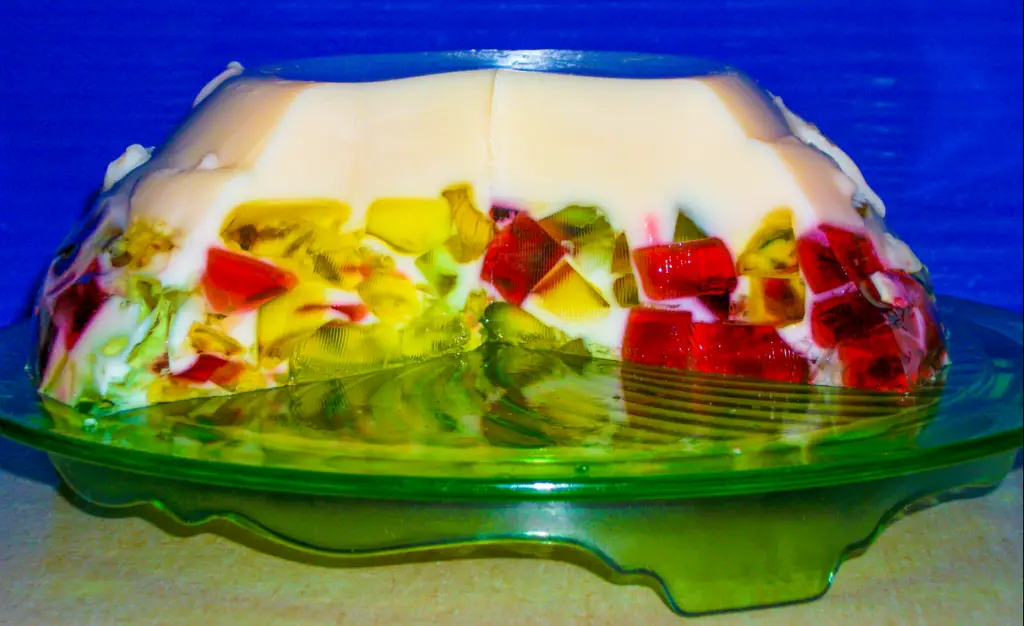
Cabbage Jell-O salad combined shredded cabbage with lime or lemon Jell-O, sometimes adding carrots or pineapple for extra flavor. It was often served as a side dish at potlucks and family gatherings, with its bright color and wobbly texture drawing plenty of attention.
The combination of crunchy cabbage and sweet, fruity Jell-O doesn’t exactly appeal to modern diners. It’s a dish that feels stuck in time, embodying the quirky experimentation of mid-century cooking. Still, it holds a certain charm as a relic of a bygone era.
These recipes might seem unappetizing now, but they were once staples of the dinner table and party spread. They reflect a time of creativity and resourcefulness, even if the results weren’t always a hit. Looking back, it’s fun to marvel at how much our tastes have changed while appreciating the culinary quirks of the past.


